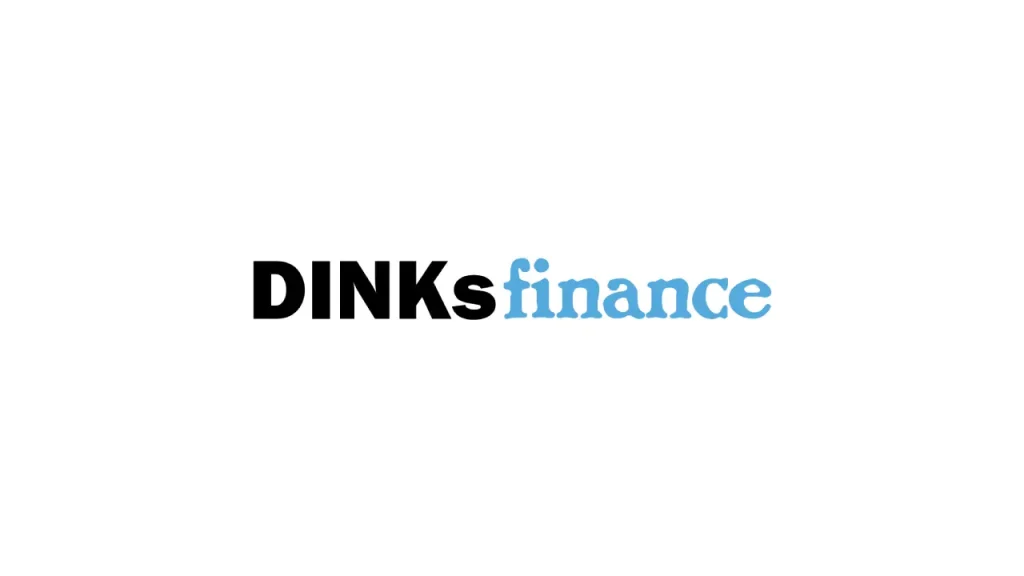Our previous posting on our bank and investment accounts got me thinking about Dividend Reinvestment Plans (DRIPS).
If you don’t know what at DRIP is, it is essentially a direct investment account that allows you to purchase shares in companies without the help of a broker or other financial intermediary. Most also allow you to reinvest your dividends without an additional charge, hence the name, dividend reinvestment plan. Most DRIPS are direct investment plans where you buy your desired shares from the company via snail mail or the internet.
I like dividend reinvestment plans. I like them a lot.
There are several advantages to investing through DRIPS.
1) Low Investment Minimums: Lets face it, most people don’t have a lot of money to invest. According to the census bureau, the average American family had a net income of $44,000 per year. After taxes, food, housing, transportation and miscellaneous expenses, there often isn’t much left over for investing. The great thing about DRIPS is that many of them have minimum investments amounts in the $100 or $250 range. These smaller amounts are more realistic for most people.
2) Low Transaction Fees: Like Warren Buffet says, fees and and emotion are the enemy of investors. Most traditional brokerage accounts and financial products charge fees higher than those levied by the average DRIP plan.
For example assume that you have $500 to invest. If you were to purchase shares in the S+P 500, you’d be looking at a transaction cost of $50.00 through Vanguard (The Vanguard Group is known for their low fees). Fifty dollars on an investment of $500 is 10 percent! You would immediately loose 10 percent of your investment if you directly purchased your funds through a brokerage account. On the other hand, an equivalent investment in a DRIP security would cost you maybe 8 or 10 dollars. In sum, DRIP plans are generally a lot cheaper than traditional transaction schemes.
You might be wondering who pays for the management of DRIPs. Usually the company whose shares you buy foots the bill. They do this because investors tend to be customers and executive managers prefer a wider shareholder base to reduce equity volatility and to limit the influence of large insitutional stockowners.
3) Free Money: Some DRIP plans offer discounted shares. Basically what this means is you send in your payment and you automatically purchase shares at some percentage reduction from the prevailing market price. Before you start getting excited, I should tell you that the discounts are usually three to five percent. Not much, but enough to cover the effects of inflation. With these kinds of plans, any market return you get is a real return (e.g. it takes inflation out of the picture).
Finally, getting rich seems to be about controlling expenses and maximizing return. DRIPS are perfect ways to do both.
To take action, you might want to consider the following websites:
American Stock Transfer & Trust
Happy Investing! As always, feel free to email us or post a comment!
-James


No Comments yet!